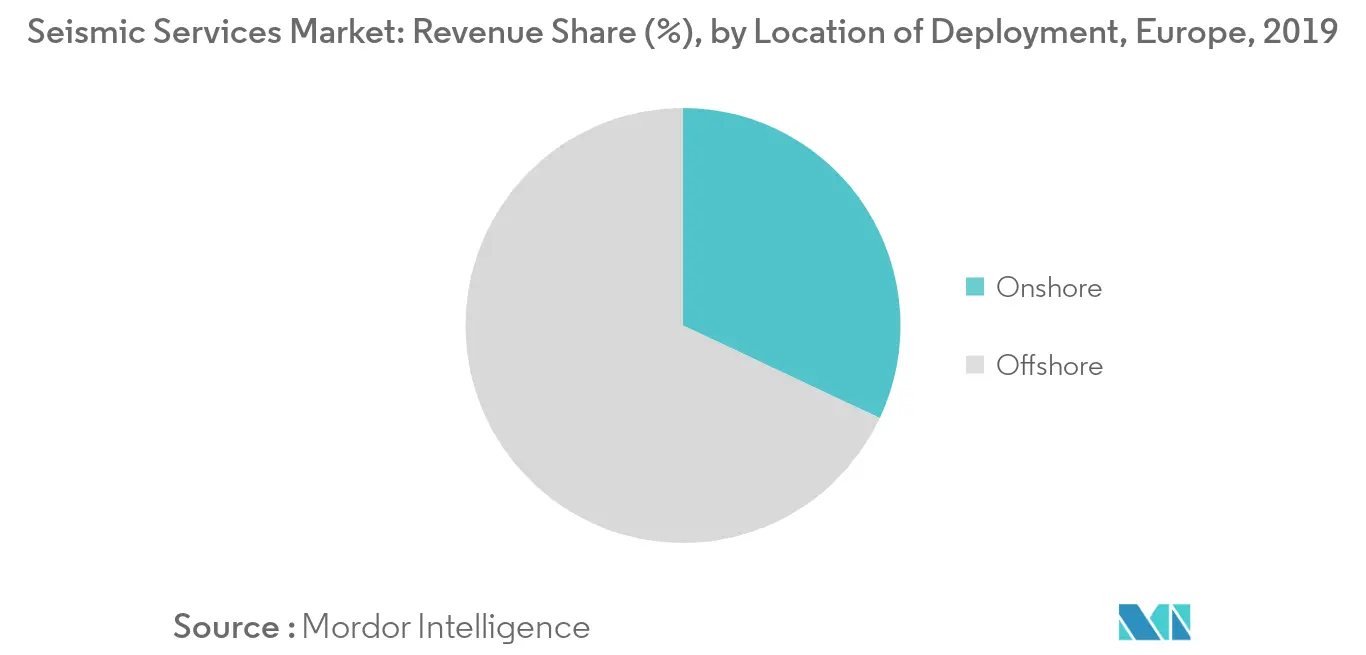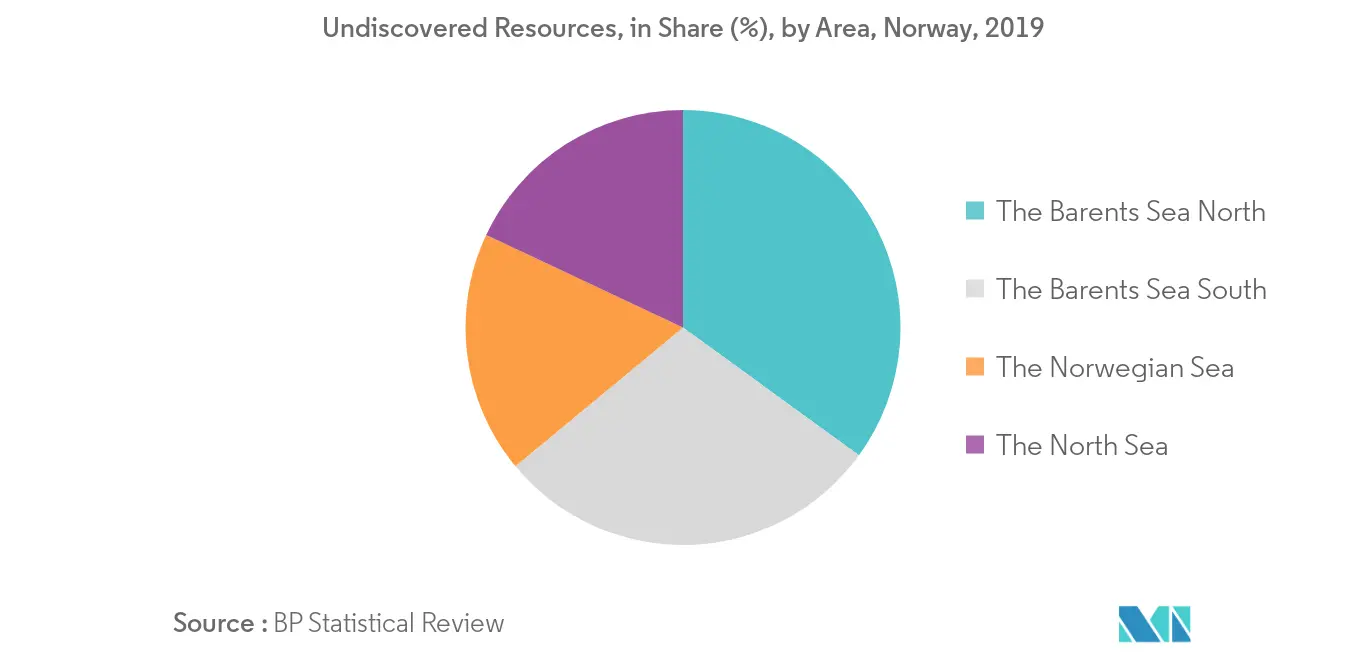Market Trends of Europe Seismic Services Industry
This section covers the major market trends shaping the Europe Seismic Services Market according to our research experts:
Offshore Segment to Dominate the Market
- Offshore seismic data usually have a much higher quality compared to that of onshore, due to a number of favorable conditions, including repeatable and consistent sources, good conditions for coupling at sources and receivers, and the uniform property of water as the medium. However, offshore seismic data may have noise sources, especially multiple reflections, and most 3D offshore seismic surveys have much narrower azimuthal coverage than their onshore counterparts.
- In the offshore seismic survey, selecting the time of the year to conduct a survey is critical. Calm weather would reduce the number of costly weather days, as well as minimize the unwanted noise recorded by receivers that affect the quality of data and subsequent interpretation. Bad weather can have a significant commercial impact, depending on the length and number of streamers in operation.
- The Norwegian Petroleum Directorate has estimated that around 47% of all the remaining resources on the shelf is still undiscovered. Additionally, there are around 350 undeveloped discoveries in the United Kingdom Continental Shelf (UKCS) containing 3.2 billion barrels of oil equivalent (bboe). Out of these, 140 are currently unlicensed, and many were opened for applications in the 30th Offshore Licensing Round.
- With a continuous upward trend in the oil prices in 2017 and in the first half of 2018, the drilling activities in the country recovered substantially from the oil-pricing crisis starting mid-2014. These falling crude oil prices and sanctions caused an investment slump in the domestic oil and gas sector, when implied on Russia. With increasing investment in the oil and gas sector especially in offshore, the seismic market is also expected to witness a decent growth.
- In April 2020, TGS announced that it has decided to start working on the industry-funded Atlantic Margin 20 (AM20) 3D multi-client project as soon as the marine seismic acquisition season gets underway in northwest Europe this summer. The survey would be acquired by the Polarcus Adira seismic vessel, which has an acquisition specification fully optimized for high lateral resolution recording and with two 11-kilometer streamers for full-waveform inversion.
- Therefore, based on the above-mentioned factors, offshore segment is expected to dominate the seismic services market during the forecast period.

Norway Driving the Market Demand
- Norway is the world's 3rd biggest exporter of natural gas and the 11th largest exporter of oil. The petroleum sector is the main driver for the Norwegian economy. It is the country's solo largest industry. The oil and gas sector accounts for 14% of GDP, 19% of whole investments, 17% of state revenues, and 40% of total exports. Norway's oil production hiked in 2001 at 3.4 million barrels per day and has dropped to the present level of around 1.9 million barrels per day.
- Since 2015, the Norwegian oil and gas sector has been in recession, owing to the weaker crude oil prices. In 2018, an investment (excluding exploration) of NOK 124.5 billion was made, 27.6% lower than the 2015 level.
- However, Norway's oil and gas industry is now back on its feet. Oil companies are increasing their spending for the first time in 2018 since 2014. There has been considerably higher exploration activity (E&P) than in the previous two years. 12 discoveries were made, and 53 exploration wells were spudded in the Norwegian continental shelf. The total findings have a preliminary total estimate of 82 million standard cubic meters of recoverable oil equivalents, thus increasing the growth of seismic services in the country, especially for offshore sector.
- In 2018, Norway and Russia, together, signed an agreement on mutual rights to seismic acquisition in the Barents Sea, Arctic Ocean, the Norwegian Ministry of Petroleum, and Energy has revealed. This will entail a right for seismic vessels from both parties to cross the limitation line in the region and do their seismic equipment within a space of three miles on the continental shelf of the other party.
- In 2019, 17 new discoveries were made in Norway, 10 of them in the North Sea, six in the Norwegian Sea, and one in the Barents Sea. The largest discoveries in the Norwegian Sea and Barents Sea are 6507/2-5 (Ørn) and 7324/6-1 (Sputnik), respectively. Several of the discoveries in the North Sea and the Norwegian Sea are in areas where they can be developed via existing infrastructure. Here, even small discoveries can contribute to significant value creation.
- Therefore, with the increase in the exploration activities expected to continue, the seismic services market is likely to grow during the forecast period.


